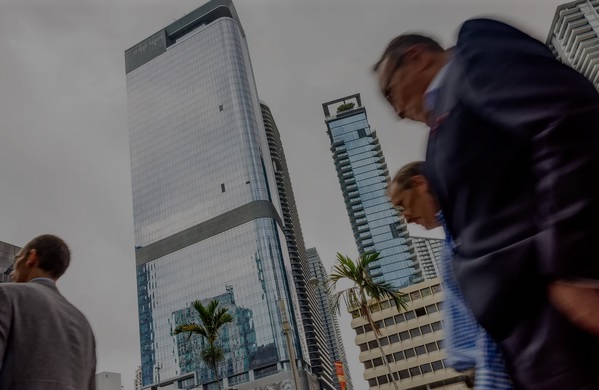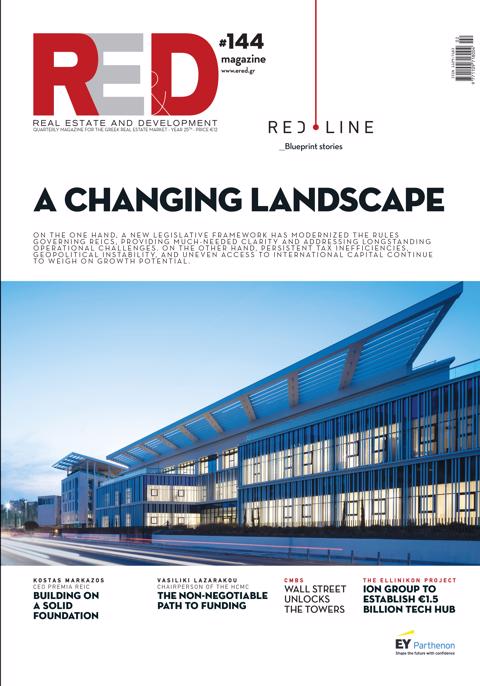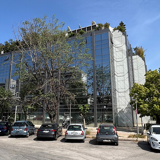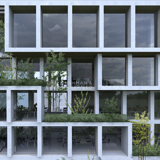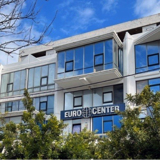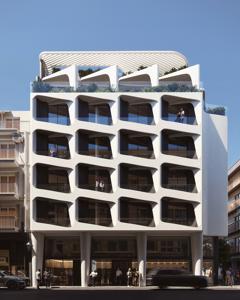The bank, which in recent years had expanded aggressively in South Florida by capitalizing on the explosive growth of the real estate market, had leased the ultra-luxurious space at record levels. The offices were intended to serve as a prestigious showcase for attracting affluent clients from across the Americas and to signal the group’s international ambitions.
However, the shocks the financial institution suffered over the past year—from mounting regulatory pressures to failed recapitalization attempts—ultimately led to its collapse. Employees vacated the building almost overnight, leaving behind a multimillion-dollar space with custom-built features, private meeting rooms, and panoramic views of Biscayne Bay.
Real estate brokers note that the empty building reflects the challenges now facing Miami’s top-tier commercial property market. Rents, which had soared during the influx of investment firms and international banks, appear to be stabilizing, while companies are reassessing the scale of their physical offices due to the widespread adoption of hybrid work models.
At the same time, local stakeholders view the vacant property as both a challenge and an opportunity. Although several foreign financial institutions have expressed interest, analysts point out that re-leasing such a highly specialized and costly space will not be an easy task.
